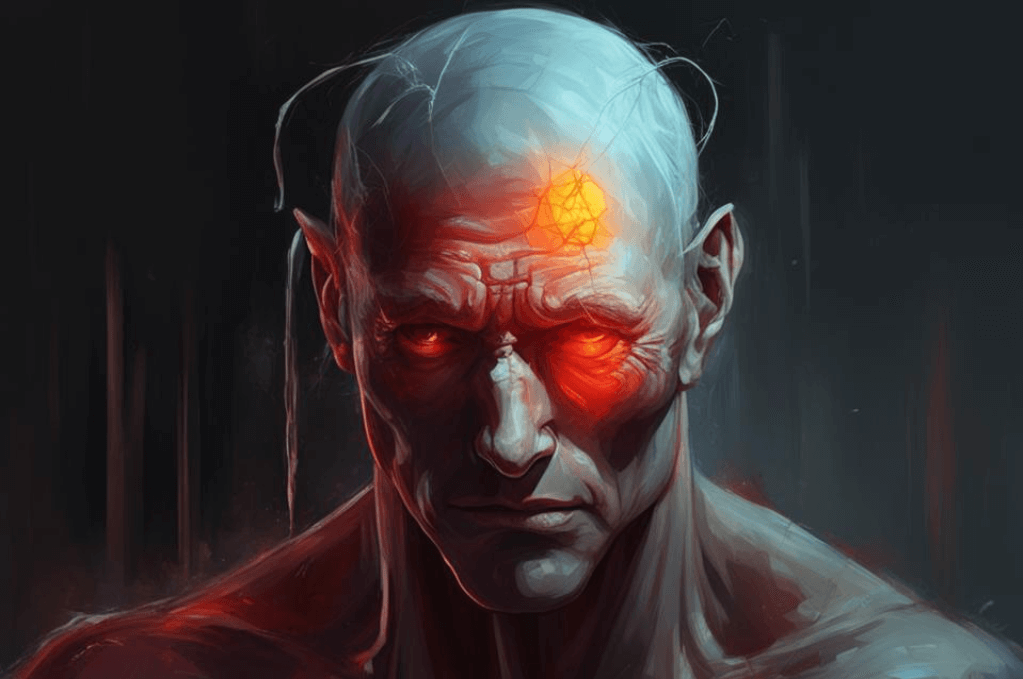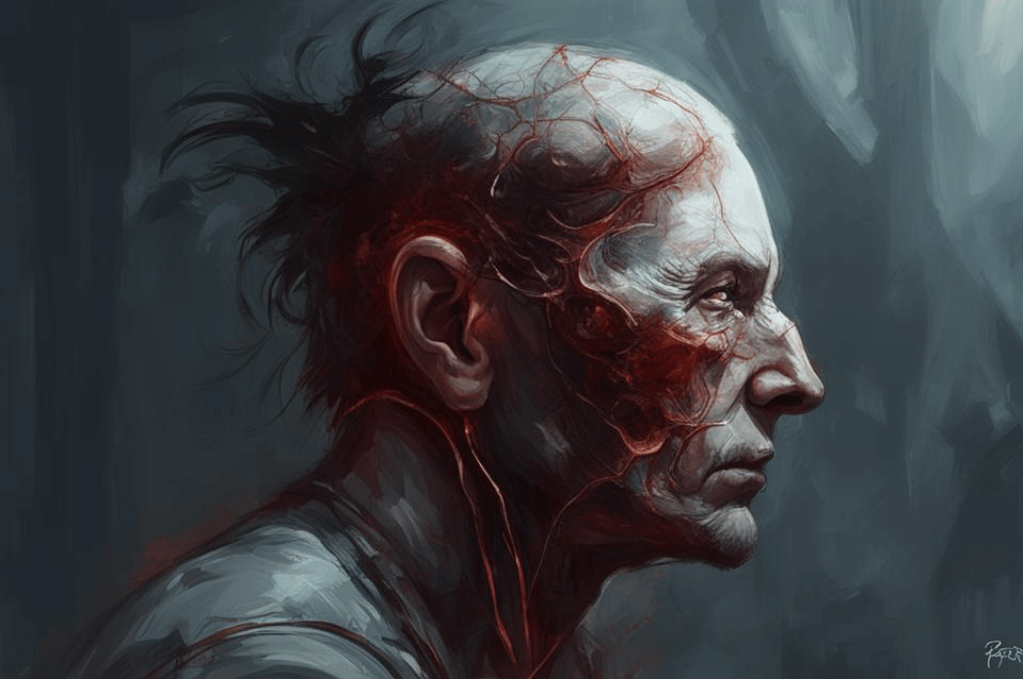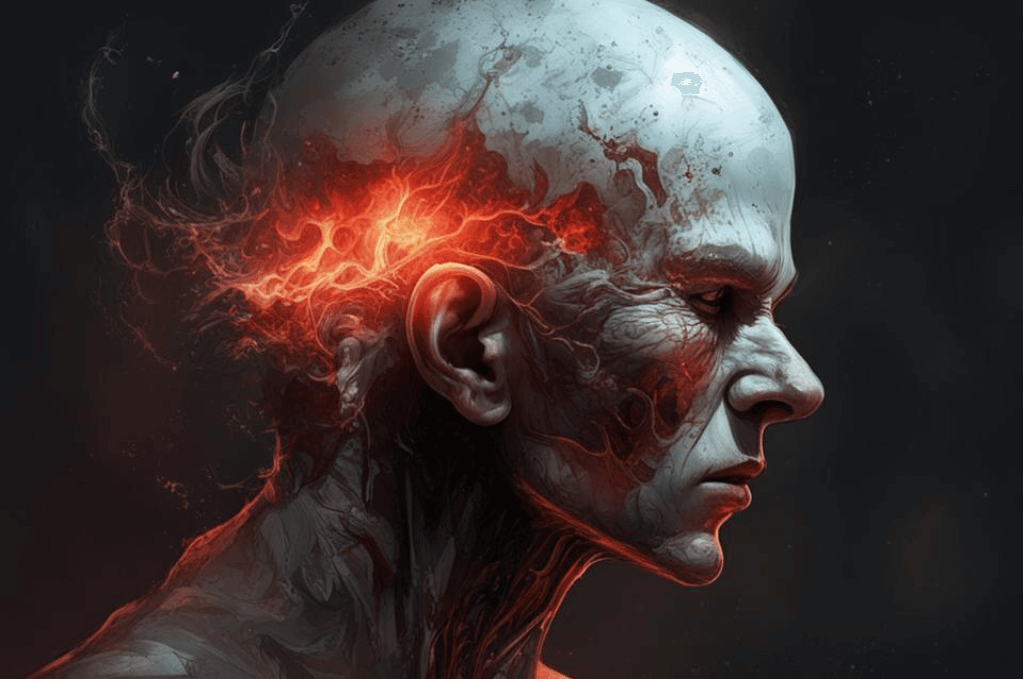Psychosomatic headache is a type of headache that is caused by stress and other emotional factors. It is important to understand the link between stress and physical pain because it can help us better manage and treat these headaches. When we are stressed, our bodies can react in different ways, and one of those ways is by causing headaches. Psychosomatic headaches have specific symptoms and characteristics that can help us identify them. By understanding how stress affects our bodies and triggers headaches, we can learn strategies to manage and prevent them.
Contents
I. Understanding Psychosomatic Headache
II. The Role of Stress in Psychosomatic Headache
III. Identifying and Managing Psychosomatic Headache
IV. The Importance of Holistic Approaches
V. Prevention and Long-Term Management
VI. Conclusion
I. Understanding Psychosomatic Headache

Psychosomatic headache is a type of headache that is caused by stress and other emotional factors. It happens when our mind and body are connected, and stress affects our physical health. When we experience stress, it can trigger headaches.
There are certain symptoms that are common with psychosomatic headaches, such as a throbbing or pulsating pain in the head, sensitivity to light and sound, and feeling tense or anxious.
It’s important to understand the connection between stress and physical pain in psychosomatic headaches because it helps us identify the cause of our headaches and find ways to manage and treat them effectively. By understanding how stress affects our body and triggers headaches, we can take steps to reduce stress and prevent future headaches.
II. The Role of Stress in Psychosomatic Headache

Stress plays a big role in causing psychosomatic headaches. When we feel stressed, our bodies can react in physical ways, and one common reaction is getting a headache.
When we’re stressed, our bodies release chemicals that can affect our nerves and blood vessels, leading to tension in our head and neck muscles. This tension can then cause a headache.
Chronic stress, which is ongoing and long-term, can make us more prone to getting psychosomatic headaches. The constant strain on our bodies from stress can make our muscles tense up more frequently, increasing the likelihood of headaches.
Our emotions and psychological well-being also play a part in stress-induced headaches. When we’re stressed, we may feel anxious, overwhelmed, or frustrated, and these emotions can trigger headaches too.
Understanding how stress affects our bodies and contributes to psychosomatic headaches is important. By recognizing the link between stress and physical pain, we can take steps to manage our stress levels and reduce the occurrence of headaches.
III. Identifying and Managing Psychosomatic Headache

Identifying and managing psychosomatic headaches can be a bit tricky, but with some understanding and the right approach, it is possible to find relief. Here are some simple steps to help you identify and manage psychosomatic headaches:
1. Pay attention to your symptoms: Psychosomatic headaches often have specific characteristics, such as a dull ache or pressure on both sides of the head. They may also be accompanied by other physical symptoms like neck or shoulder tension. Keeping track of when these headaches occur and any patterns or triggers can help you identify if stress is playing a role.
2. Rule out other causes: It’s important to make sure that your headaches are indeed psychosomatic and not caused by any other underlying medical condition. If you’re unsure, it’s always a good idea to consult with a healthcare professional who can help you determine the cause.
3. Reduce stress: Since stress is a major trigger for psychosomatic headaches, finding ways to manage and reduce stress can be helpful. This can include practicing relaxation techniques like deep breathing exercises, meditation, or yoga. It’s also important to make time for self-care activities that you enjoy and help you relax.
4. Lifestyle changes: Making small changes to your lifestyle can also make a big difference in managing psychosomatic headaches. This can include getting regular exercise, maintaining a healthy diet, and ensuring you get enough sleep. Taking breaks throughout the day and avoiding excessive caffeine or alcohol can also help.
5. Seek support: Sometimes, talking to a therapist or counselor can be beneficial in managing psychosomatic headaches. They can help you explore any underlying emotional factors that may be contributing to your headaches and provide you with coping strategies to better manage stress.
Remember, everyone’s experience with psychosomatic headaches is unique, so it may take some trial and error to find what works best for you. Be patient with yourself and don’t hesitate to seek professional help if needed.
IV. The Importance of Holistic Approaches

Why Holistic Approaches are Important
1. Holistic approaches consider the whole person, including their mind, body, and lifestyle.
2. They focus on addressing the root causes of psychosomatic headaches, not just the symptoms.
3. Holistic approaches provide a more comprehensive and long-lasting solution for managing psychosomatic headaches.
Integrating Different Interventions
1. Holistic approaches combine various strategies, such as psychological, physical, and lifestyle interventions.
2. By addressing multiple aspects of a person’s well-being, these approaches offer a more well-rounded treatment plan.
3. This integrated approach increases the chances of successfully managing psychosomatic headaches.
The Role of Therapy and Counseling
1. Therapy and counseling can help explore and address the underlying emotional factors contributing to psychosomatic headaches.
2. These interventions provide tools and techniques to manage stress, improve coping skills, and enhance overall mental health.
3. Therapy and counseling play a crucial role in achieving long-term relief from psychosomatic headaches.
In simple terms, holistic approaches are important because they consider all aspects of a person’s well-being, not just the physical symptoms. By integrating different interventions and addressing emotional factors, holistic approaches provide a more comprehensive and effective solution for managing psychosomatic headaches. Therapy and counseling are also essential in helping individuals understand and manage their stress levels, leading to long-term relief.
V. Prevention and Long-Term Management

To avoid psychosomatic headaches and manage them in the long run, there are some things you can do:
1. Take proactive measures: It’s important to be proactive in preventing psychosomatic headaches. This means recognizing and addressing stress triggers before they become overwhelming. Try to identify situations or activities that tend to make you feel stressed and find ways to avoid or minimize them.
2. Make lifestyle adjustments: Making some lifestyle changes can help reduce stress and minimize the occurrence of headaches. This may include getting regular exercise, practicing relaxation techniques such as deep breathing or meditation, and ensuring you get enough sleep each night.
3. Seek professional help: If you’re struggling to manage your psychosomatic headaches on your own, it’s important to seek professional help. A healthcare provider or therapist can help you develop effective strategies for managing stress and reducing the frequency and intensity of your headaches.
4. Adopt a holistic approach: Taking a holistic approach means addressing both the physical and psychological aspects of your health. This may involve combining stress reduction techniques with therapy or counseling to address any underlying emotional factors contributing to your headaches.
5. Long-term management: Once you have identified effective strategies for managing your psychosomatic headaches, it’s important to continue practicing them in the long term. Consistency is key to maintaining overall well-being and preventing future headaches. Remember to prioritize self-care and make time for activities that help you relax and de-stress.
In conclusion, by being proactive, making lifestyle adjustments, seeking professional help, adopting a holistic approach, and practicing long-term management strategies, you can effectively prevent and manage psychosomatic headaches. Remember, it’s important to recognize the link between stress and physical pain and take steps to address it for your overall well-being.
VI. Conclusion
In conclusion, it is important to understand the connection between stress and physical pain in psychosomatic headaches. Psychosomatic headaches are headaches that are caused by stress and other emotional factors. By recognizing this link, we can better identify and manage these headaches.
To address psychosomatic headaches, it is essential to take a holistic approach. This means considering both the psychological and physical aspects of the condition. Managing stress through techniques like relaxation exercises and lifestyle changes can help reduce the occurrence of headaches.
It is also important to seek professional help, such as therapy or counseling, to address any underlying emotional factors contributing to the headaches. By taking proactive measures and making long-term lifestyle adjustments, we can prevent future episodes of psychosomatic headaches and maintain overall well-being.
Remember, if you are experiencing persistent headaches, it is always best to consult a healthcare professional for an accurate diagnosis and appropriate treatment.











